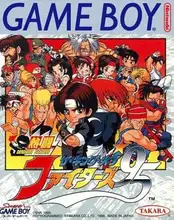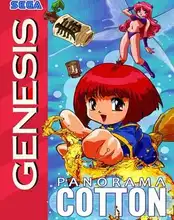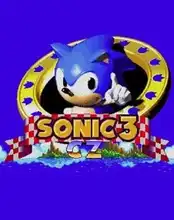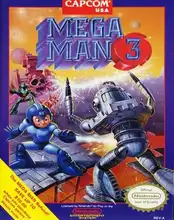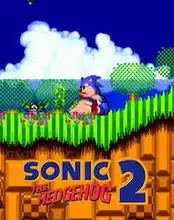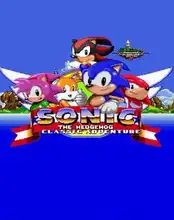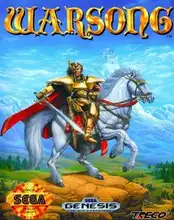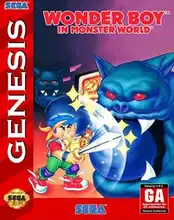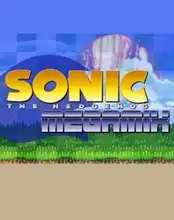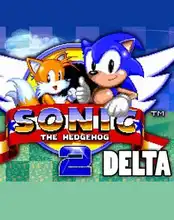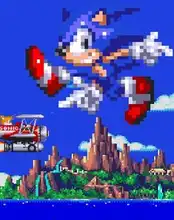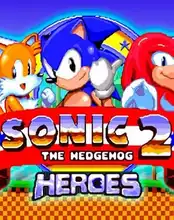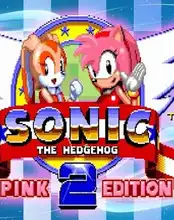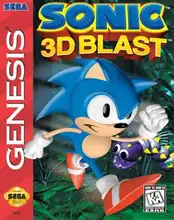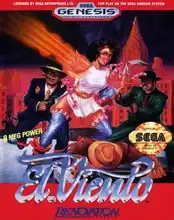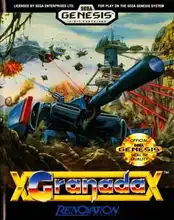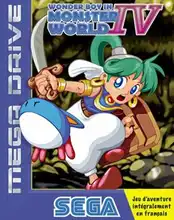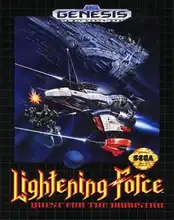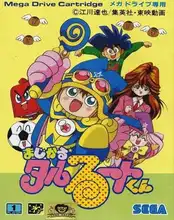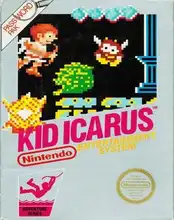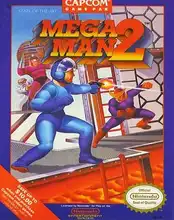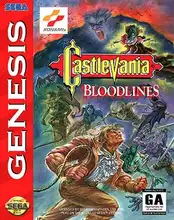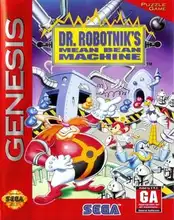Remember the days when your favorite anime or manga series wasn't just something you watched or read, but something you could play? Long before every major shonen series got an arena fighter on modern consoles, the world of Anime / Manga games in the retro era was a wild, sometimes weird, but always exciting place.
It felt like a magical crossover event every time a pixelated version of Goku, Usagi Tsukino, or Spike Spiegel landed on our consoles or PCs. These games weren't always perfect adaptations, but they offered a unique chance to step into those beloved worlds, often with charmingly retro graphics and catchy chiptune soundtracks.
Let's take a trip down memory lane and revisit some of the ways anime and manga invaded our game libraries back in the day.
When Pixels Met Panels: Early Anime Adaptations
Back in the 8-bit and 16-bit eras, bringing complex anime storylines and characters to life with limited hardware was a real challenge. Developers got creative, resulting in a fascinating mix of genres.
- Fighting Games: This was a natural fit. Series like Dragon Ball Z, Yu Yu Hakusho, and Gundam translated well into 2D fighters. Remember the energy blasts and over-the-top special moves, often with character rosters pulled straight from the latest arcs? Games like Dragon Ball Z: Hyper Dimension on the SNES or Yu Yu Hakusho: Makyō Tōitsusen on the Sega Genesis (developed by the legendary Treasure!) were highlights, pushing the limits of what 16-bit fighting could be.
- Action/Platformers: Many series became side-scrolling beat 'em ups or platformers. Think Sailor Moon games where you'd fight hordes of Youma, or City Hunter on the TurboGrafx-16, offering classic run-and-gun action. These games often simplified the source material but provided solid, if sometimes generic, action gameplay.
- RPGs and Visual Novels: For series with deeper narratives, RPGs or visual novels were sometimes the chosen path. While many of these stayed exclusive to Japan, some, like Neon Genesis Evangelion: Girlfriend of Steel, offered surprisingly different takes on dark series, turning them into dating sims! It sounds wild, but it was a way to explore character interactions beyond just fighting.
- Unique Experiments: Sometimes, developers tried something completely different. Ghost in the Shell on the PlayStation, for instance, put you in control of a spider tank (Fuchikoma) in a third-person shooter, featuring original designs by the manga creator. Sword of the Berserk: Guts' Rage on the Dreamcast delivered a brutal hack-and-slash experience that felt authentic to the dark fantasy world of Berserk.
The Charm (and Quirks) of Retro Anime Games
Playing these games today is a potent dose of nostalgia. You might encounter:
- Gorgeous Pixel Art: Many 16-bit and early 32-bit anime games boasted impressive sprite work and vibrant colors that still look fantastic.
- Killer Soundtracks: Chiptune or early synthesized versions of familiar anime themes and background music could be incredibly catchy.
- Localization Oddities: If a game did make it out of Japan, the translation could range from surprisingly decent to hilariously nonsensical. Character names might be different, and plot points could get lost in translation.
- Genre Bending: Who expected a dark mecha anime to become a dating sim? Or a fantasy epic like Record of Lodoss War to be a Diablo-esque action RPG (Advent of Cardice on Dreamcast)? This era wasn't afraid to experiment.
- Difficulty Spikes: Ah, the good old days of brutal difficulty. Some of these adaptations were tough as nails!
Finding and Playing Them Today
Getting your hands on these retro Anime / Manga games can be a quest in itself. Original cartridges and discs can be pricey collector's items. However, the retro gaming community offers ways to revisit them:
- Emulation: Playing ROMs via emulators (like DOSBox for PC titles or console emulators) is a popular method, though legality varies depending on region and ownership of the original game.
- Fan Translations: For many Japan-exclusive titles, dedicated fans have created English patches, opening up a wealth of previously inaccessible games.
- Re-releases: Occasionally, some classic anime games get modern ports or appear on compilation collections, though this is less common for niche titles compared to major franchises.
Exploring retro Anime / Manga games is a journey through gaming history and the evolution of adaptations. They might not all be masterpieces, but each one represents a moment when two beloved forms of media collided, leaving us with unique, nostalgic experiences.
Frequently Asked Questions About Retro Anime/Manga Games
- Were many retro anime games released outside of Japan? While major franchises like Dragon Ball Z often saw international releases, many niche or less popular anime/manga adaptations remained exclusive to the Japanese market due to varying popularity and localization costs.
- What consoles had the most anime/manga games? Consoles popular in Japan, such as the Super Famicom (SNES), PC Engine (TurboGrafx-16), Sega Saturn, PlayStation, and Dreamcast, had a significant number of anime and manga game adaptations.
- Are retro anime games usually faithful to the source material? Faithfulness varied greatly. Some games followed the plot closely, while others created original storylines, simplified character rosters, or even changed the genre entirely to fit the game's mechanics (like turning an action series into a fighting game).
So, fire up that emulator, dust off that old console if you can, and dive back into the pixelated worlds of classic anime and manga!

